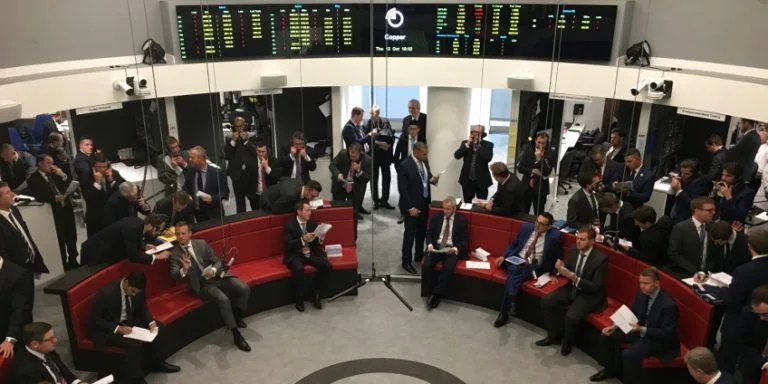Case Study: Steel Use in Iconic Buildings – Innovations and Impact on Modern Architecture

Steel has long been a cornerstone of architectural innovation, enabling the creation of some of the world’s most iconic buildings. This case study delves into how steel is utilized in landmark structures, examining the innovations it brings, the impact on design and construction, and its enduring legacy in modern architecture.
The Versatility and Strength of Steel in Iconic Buildings
Steel’s combination of versatility, strength, and sustainability makes it an essential material in the construction of iconic buildings. Its ability to support large spans and complex designs allows architects to push the boundaries of what is possible in building construction.
- Structural Capabilities
- High Strength-to-Weight Ratio: Steel’s exceptional strength-to-weight ratio is crucial for the construction of tall buildings and expansive bridges. It enables the creation of slender yet robust structures.
- Durability and Longevity: Steel structures are known for their durability, able to withstand extreme weather conditions and seismic activities, ensuring the longevity of iconic buildings.
- Aesthetic Flexibility
- Design Freedom: Steel’s malleability allows for intricate and innovative designs, giving architects the freedom to create unique and visually stunning buildings.
- Integration with Other Materials: Steel can be seamlessly combined with glass, concrete, and other materials to enhance the aesthetic appeal and functionality of buildings.
Case Study Highlights: Iconic Buildings Utilizing Steel
1. The Eiffel Tower, Paris
- Design and Construction: Completed in 1889, the Eiffel Tower stands as a testament to the innovative use of wrought iron, a precursor to modern steel. Its lattice structure demonstrates the material’s ability to achieve great height and stability.
- Architectural Impact: The Eiffel Tower’s design revolutionized the use of metal in construction, paving the way for the development of steel-framed buildings.
2. The Empire State Building, New York City
- Engineering Marvel: Constructed in 1931, this iconic skyscraper utilized a steel frame to achieve its impressive height of 1,454 feet. The building’s steel skeleton enabled quick construction and enhanced structural integrity.
- Cultural Significance: As a symbol of New York City, the Empire State Building exemplifies how steel can be used to create durable and enduring architectural landmarks.
3. The Burj Khalifa, Dubai
- Record-Breaking Height: Standing at 2,722 feet, the Burj Khalifa is the tallest building in the world. Its steel-reinforced concrete core and steel spire allow it to reach unprecedented heights.
- Innovative Design: The building’s tapered shape and the use of high-strength steel enable it to withstand high winds and seismic forces, showcasing the material’s adaptability in modern engineering.
Innovations in Steel Technology for Architecture
The advancement of steel technology continues to drive innovation in building construction, allowing for more complex and sustainable designs.
- High-Strength Steel Alloys
- Enhanced Performance: Modern high-strength steel alloys provide greater load-bearing capacity and durability, enabling the construction of taller and more resilient buildings.
- Weight Reduction: These alloys contribute to lighter structures, reducing material usage and transportation costs.
- Prefabrication and Modular Construction
- Efficiency and Speed: Steel’s compatibility with prefabrication techniques allows for faster and more efficient construction processes, reducing time and labor costs.
- Quality Control: Prefabricated steel components are manufactured in controlled environments, ensuring higher quality and precision.
- Sustainable Building Practices
- Recyclability: Steel is 100% recyclable, making it a sustainable choice for modern construction. Recycled steel reduces environmental impact and conserves natural resources.
- Energy Efficiency: Steel structures can be designed to enhance energy efficiency, incorporating features such as thermal insulation and reflective surfaces to reduce energy consumption.
Conclusion
Steel’s unparalleled strength, versatility, and sustainability have made it a fundamental material in the construction of iconic buildings. From historical landmarks like the Eiffel Tower to modern marvels like the Burj Khalifa, steel continues to shape the skyline and redefine architectural possibilities. As technology advances, the use of steel in construction will undoubtedly lead to even more innovative and sustainable building practices, ensuring its place at the forefront of modern architecture.



